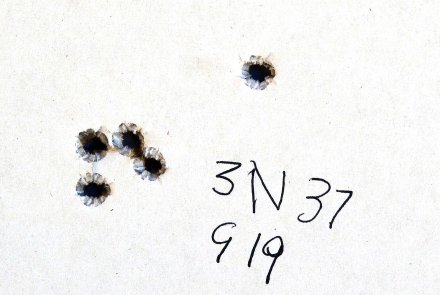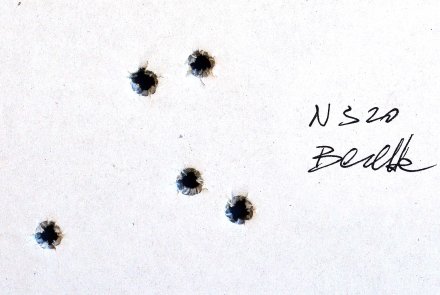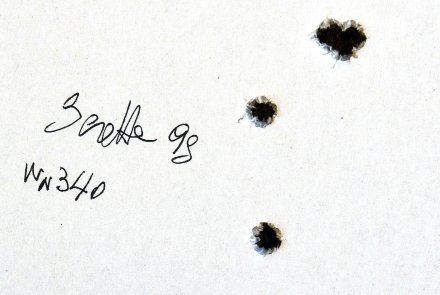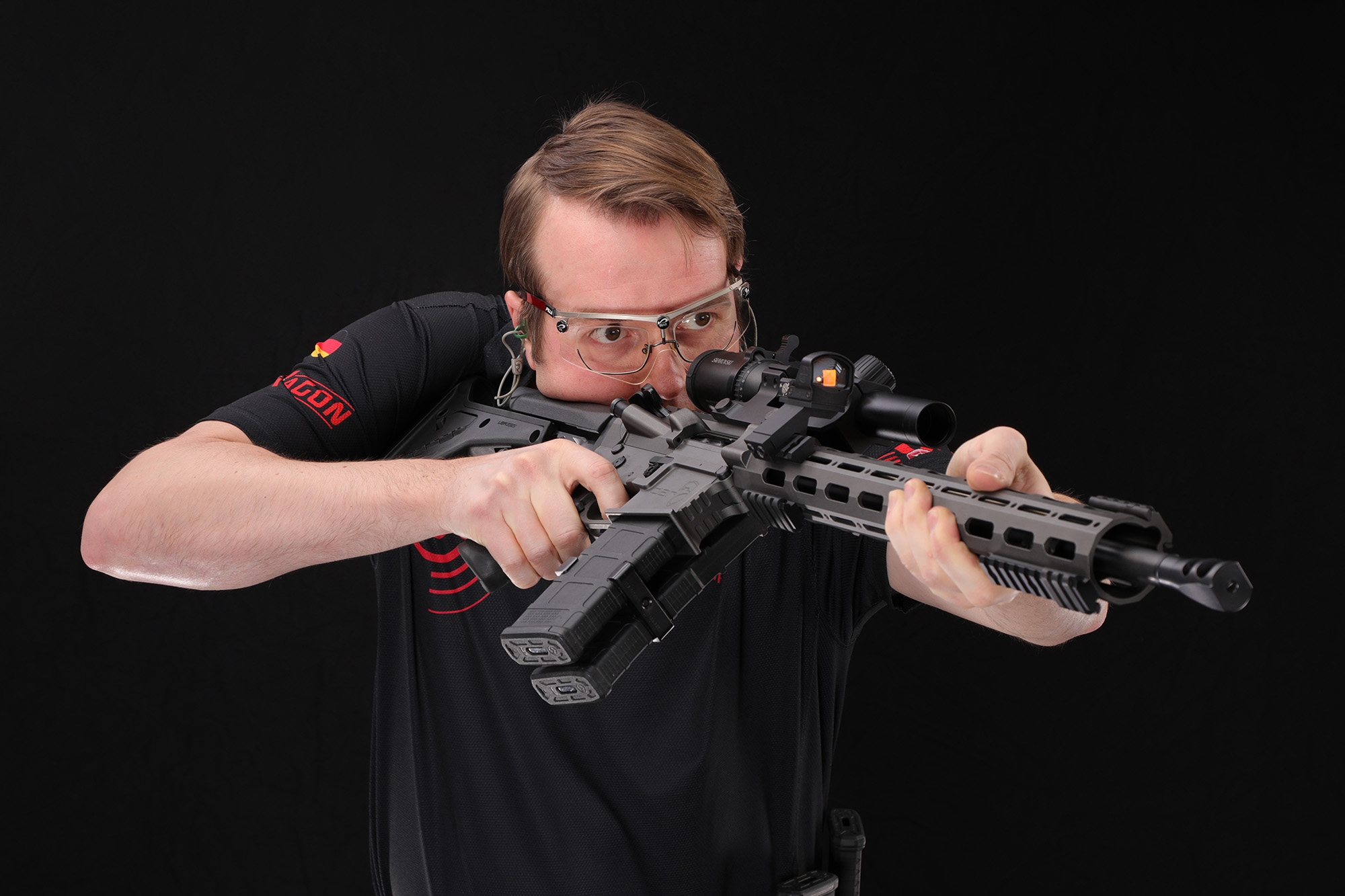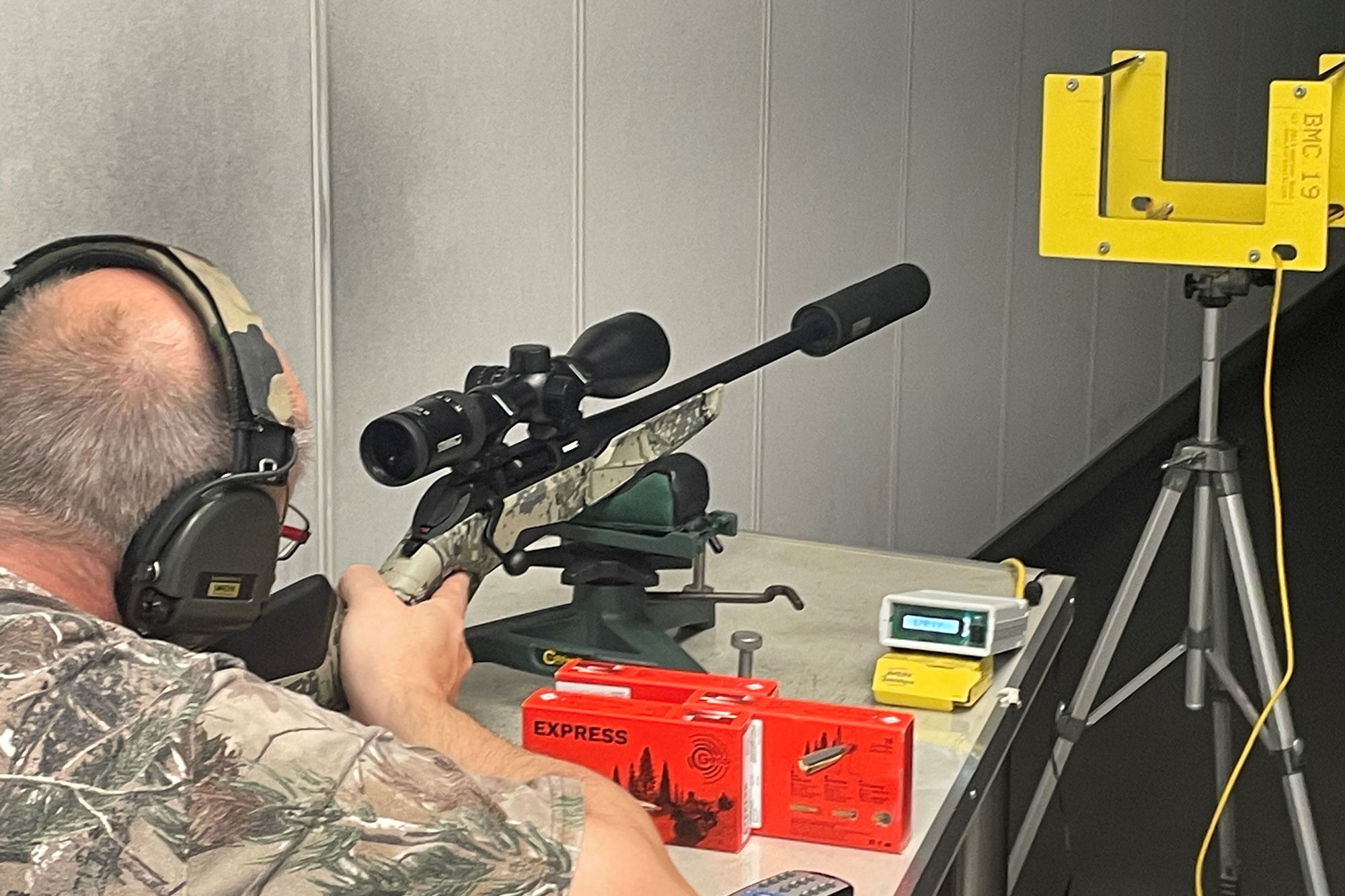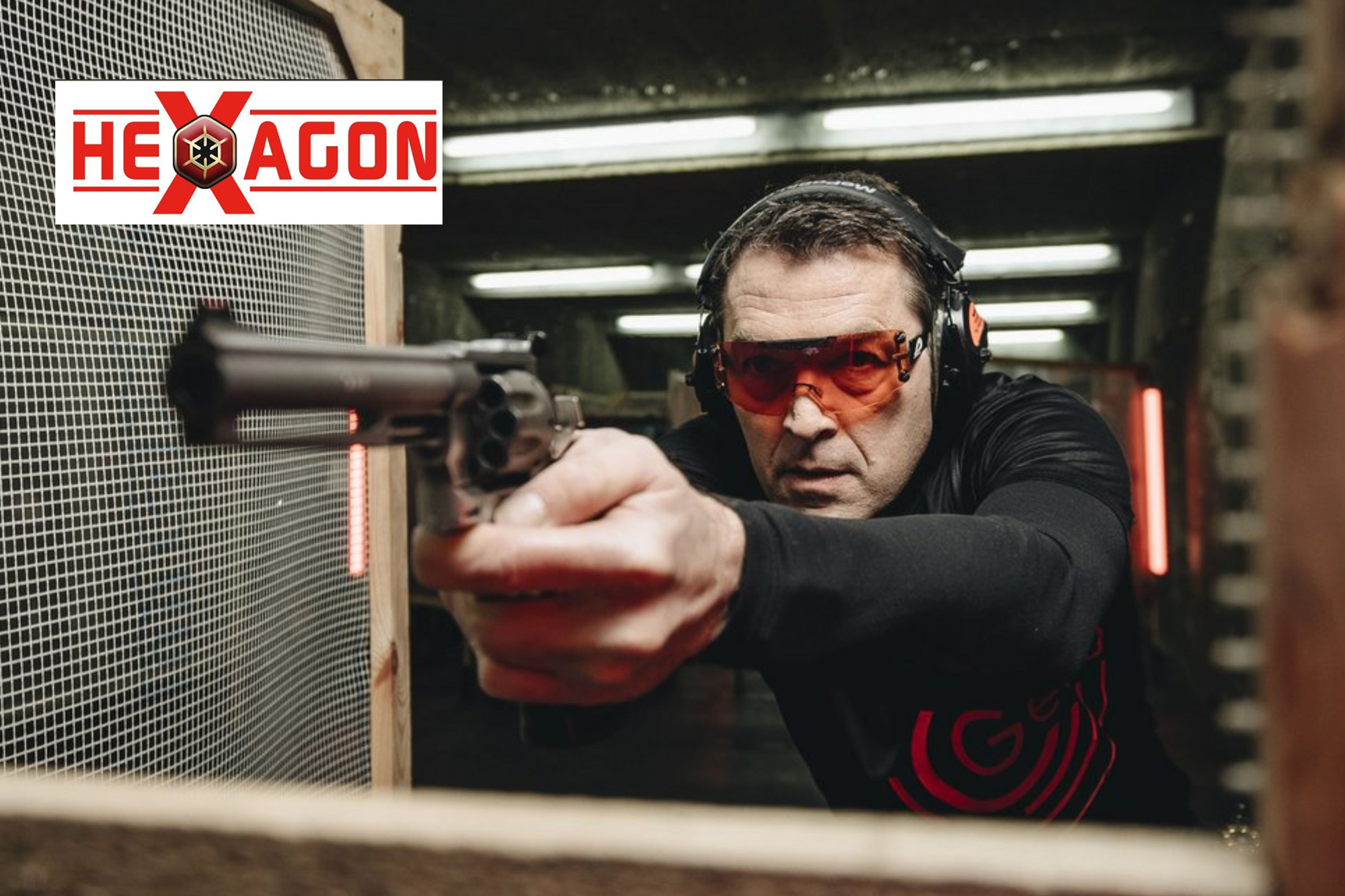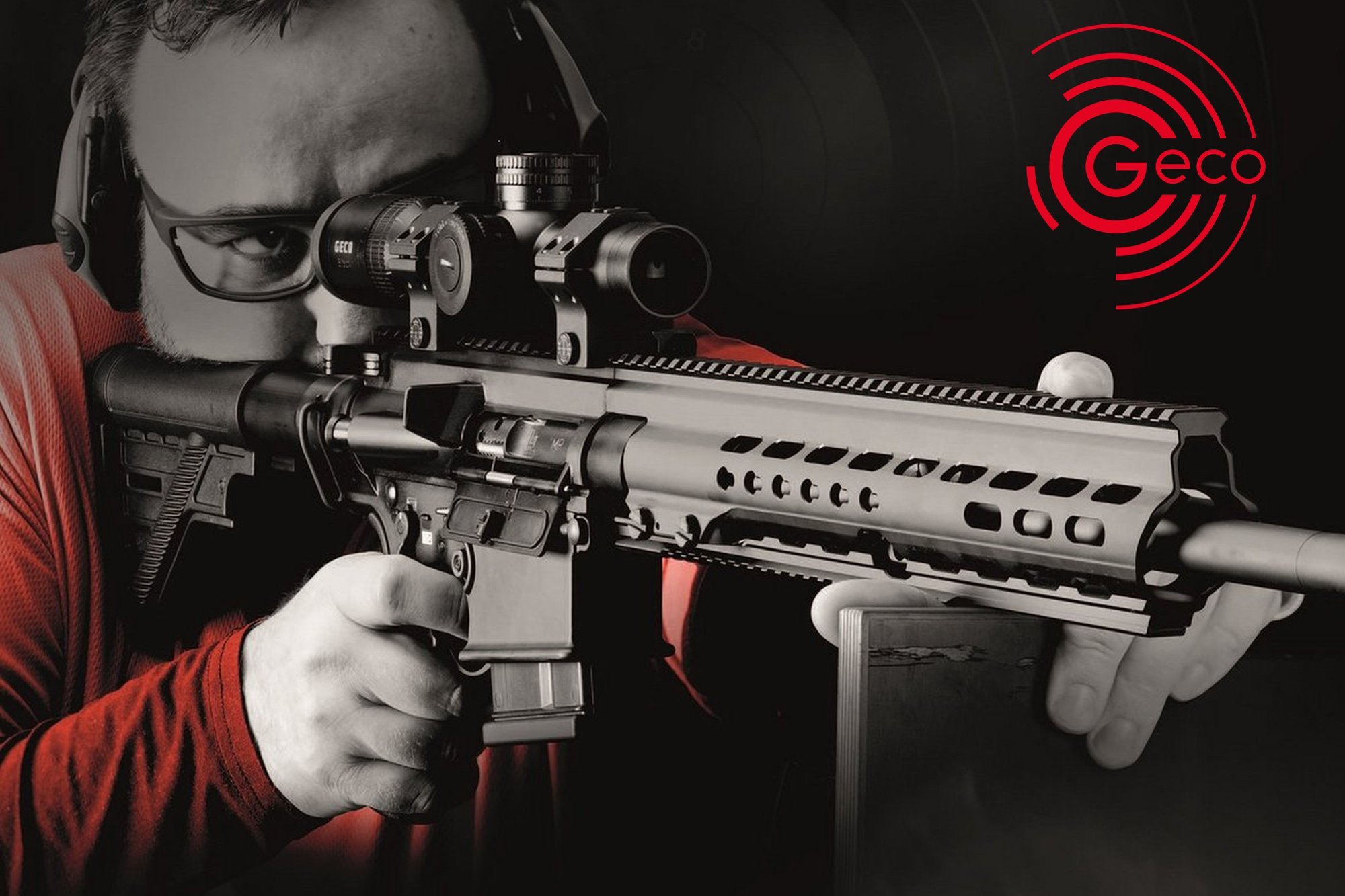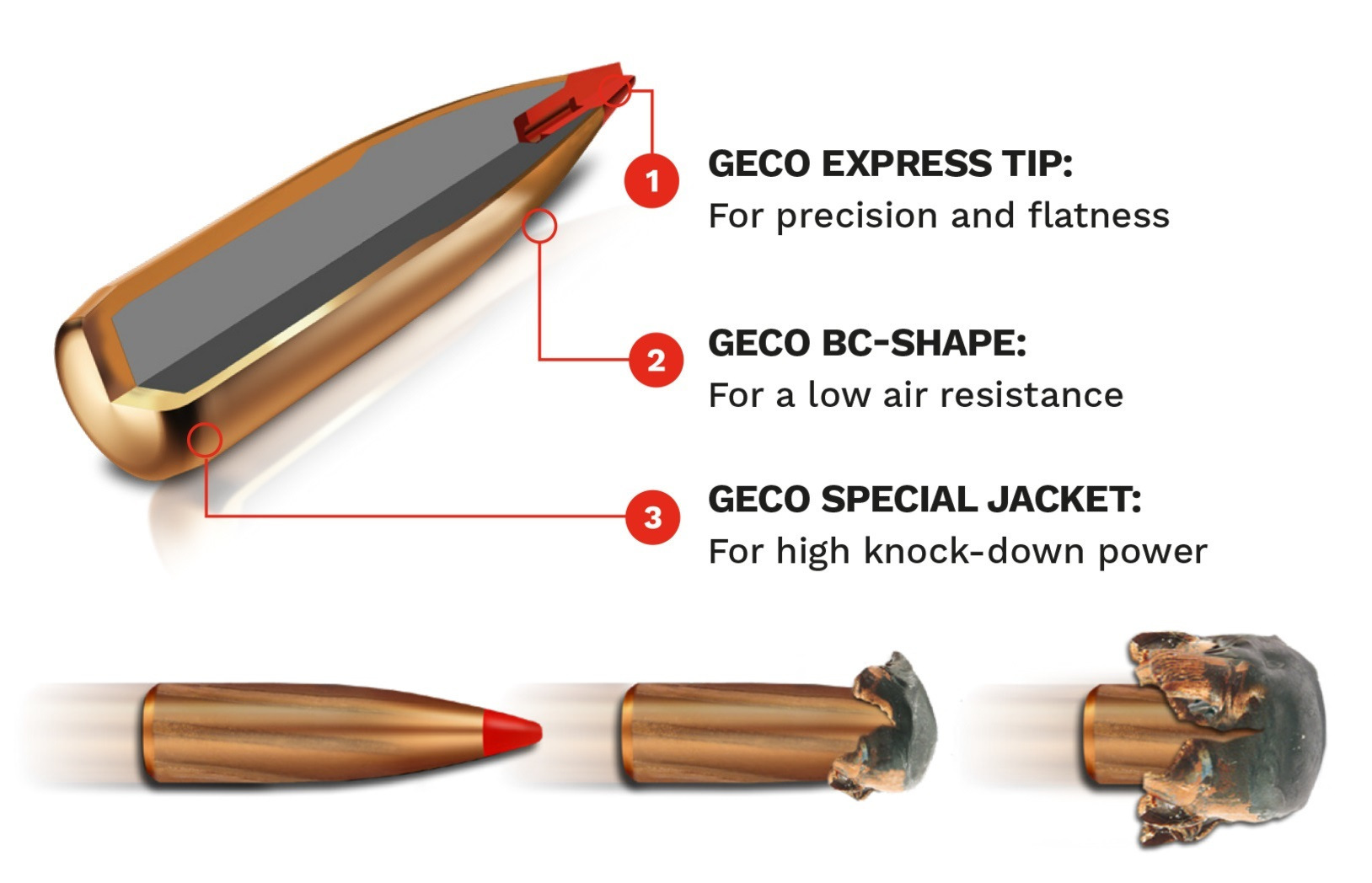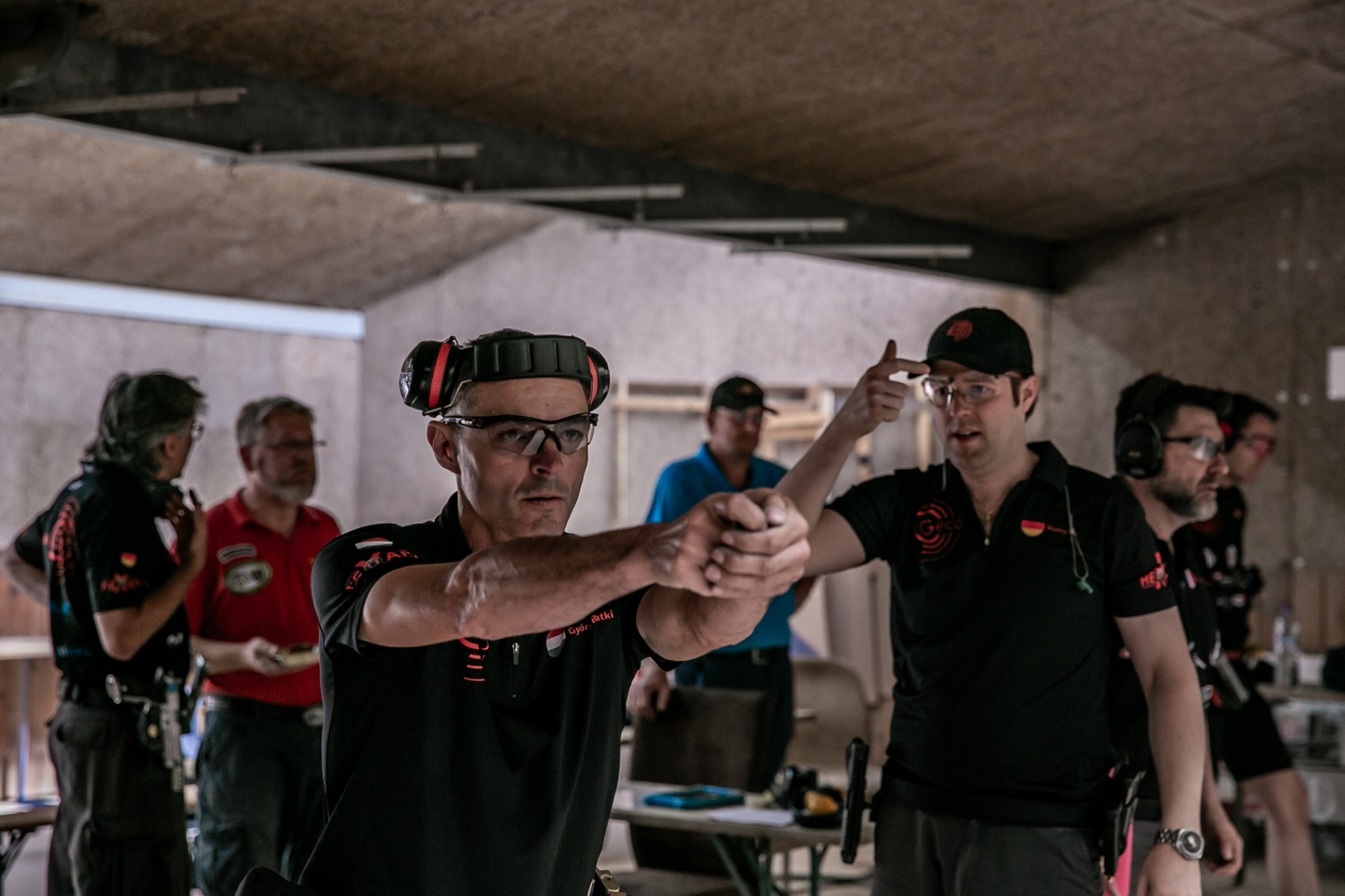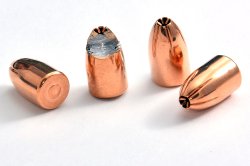
We at all4shooters.com were able to acquire a small number of 9mm-caliber GECO Hexagon bullets, and ran a small field test to assess the controllability and accuracy of 9x21mm IMI hand-loads with said balls.
In order to avoid ingenerating confusion between our readers, we decided to settle for a limited amount of loading doses, selecting some among the most apt for handgun loads.
The diameter of the GECO Hexagon ball is measured at .354”/8,99mm; it is 15.8mm and 124 grains (8,03 grams) heavy.
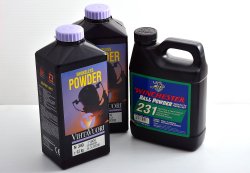
The GECO Hexagon is a jacketed HP bullet sporting a hollow point of about two millimetres obtained by bending the tip and obtaining a top golden ogival arch with six cuts that follow the profile of the ball itself for about seven millimetres in lenght.
The GECO Hexagon bullet was not conceived to enhance its stopping power by fragmenting or deforming upon impact; its peculiar shape was conceived to enhance in-flight stability and thus to achieve better accuracy.
For our hand-loads, we used Wihtavuori N340, 3N37 and N320 powders, plus some residual Winchester 231.
We used brand new Fiocchi 9x21mm IMI cases and CCI small pistol primers.
Bullets were fit in the cases so that every singhle finished round would measure exactly 29,4mm in lenght. Propellant doses are as follow:
Vihtavuori 3N37 - 5.4 grains Average V1 = 297 m/s - 35,96 Kgm
Vihtavuori N340 - 5.2 grains Average V1 = 333 m/s - 45,21 Kgm
Vihtavuori N320 - 4.5 grains Average V1 = 323 m/s - 42,53 Kgm
Winchester 231 - 5.0 grains Average V1 = 337 m/s - 46,30 Kgm
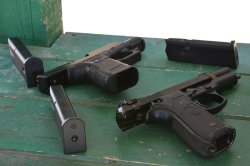
We ran our test with two semi-automatic, 9x21mm IMI caliber pistols: a Glock 19 and a Beretta Model 98FS.
Our rounds are loaded on competition or defense-oriented specs, so we tested them from standard shooting positions, without a rest, in order to better evaluate the felt recoil, the shooting sensation on our hands, and the reactions of the guns.
Our targets were positioned at 12 metres (39.37 feet) − a distance that would allow us to quickly identify any potential issue in our reloads such as keyholing or abnormally wide patterns.
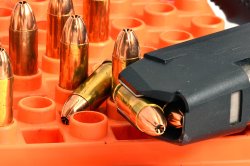
We immediately found out that GECO Hexagon bullets appear to give their best when shot through polygon-rifled barrels: our average groups with the Glock 19 were tighter than those we obtained with the Beretta 98FS pistol.
Similarly, the Vihtavuori 3N37 − 5.4 grains of whose would develop barely 36kgm/356,16J of energy − appeared ideal for the GECO Hexagon bullets.
Recoil is quite soft, but nonetheless all our loads were able to fully cycle with both handguns, always.
Such a load would provide a very mild recoil and muzzle climb, allowing faster double-taps and making training very pleasurable, but would actually be less than ideal for competition or defense.
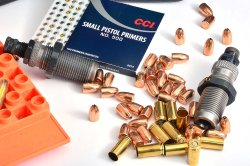
We obtained an excellent outcome with both the Glock 19 (same results as above) and the Beretta 98-FS when using 5.2 grains of Vihtavuori N340 propellant.
Unlike our previous load, this would also be perfect for competition or personal defense and would also be very pleasurable to shoot.
4.5 grains of Vihtavuori N320 would instead return good groups with both guns − if just a little big wider than the previous entries. Once again, in this case, we had very mild recoil and muzzle climb levels, making this load perfect for long training sessions.

Winchester 231 propellant returned average groups, and the 5-grains dose developed the highest kinetic energy coefficient we encountered all throughout our test.
We also tested the GECO Hexagon bullets' capability to fragment or deform upon impact, by shooting through a pile of telephone directory books, each of them being 33mm in width. None of our loads have been able to puch through the third consecutive book.
The maximum recorded penetration level was 9,1cm/3.58", while the minimum penetration level was reported from the 5.5 grains Vihtavuori 3N37 load: the bullet penetrated barely 6,6 centimetres (about 2,6 inches) of paper, stopping at the rear end of the second phone book.
None of the bullets ever fragmented or deformed upon impact, not so much to let us presume that it would multiply its wounding coefficient on a human body (which is definitely a softer target than a pile of phone books).
We should once again point out that none of the loads − not even the lighter ones − caused any kind of malfunction.
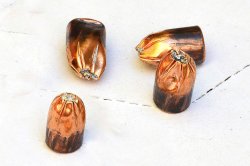
The hollow-point GECO Hexagon bullets also feature a locked base − meaning that a GECO Hexagon load will generate less fumes if compared to any alloy bullet or any open-base FMJ bullet.
There's a double advantage right there: not only the GECO Hexagon loads would be overall less polluting − a feature not to overlook so easily, particularly when it comes to long training sessions in indoor ranges − but in shooting competitions, the almost total absence of fumes will provide a total stage visibility to the shooter.
Wrapping up, we can say that the GECO Hexagon is an excellent, accurate bullet that ensures reliable cycles and may be an alternative for personal defense in those jurisdictions where the use of JHP rounds for defensive purposes is allowed by law.
